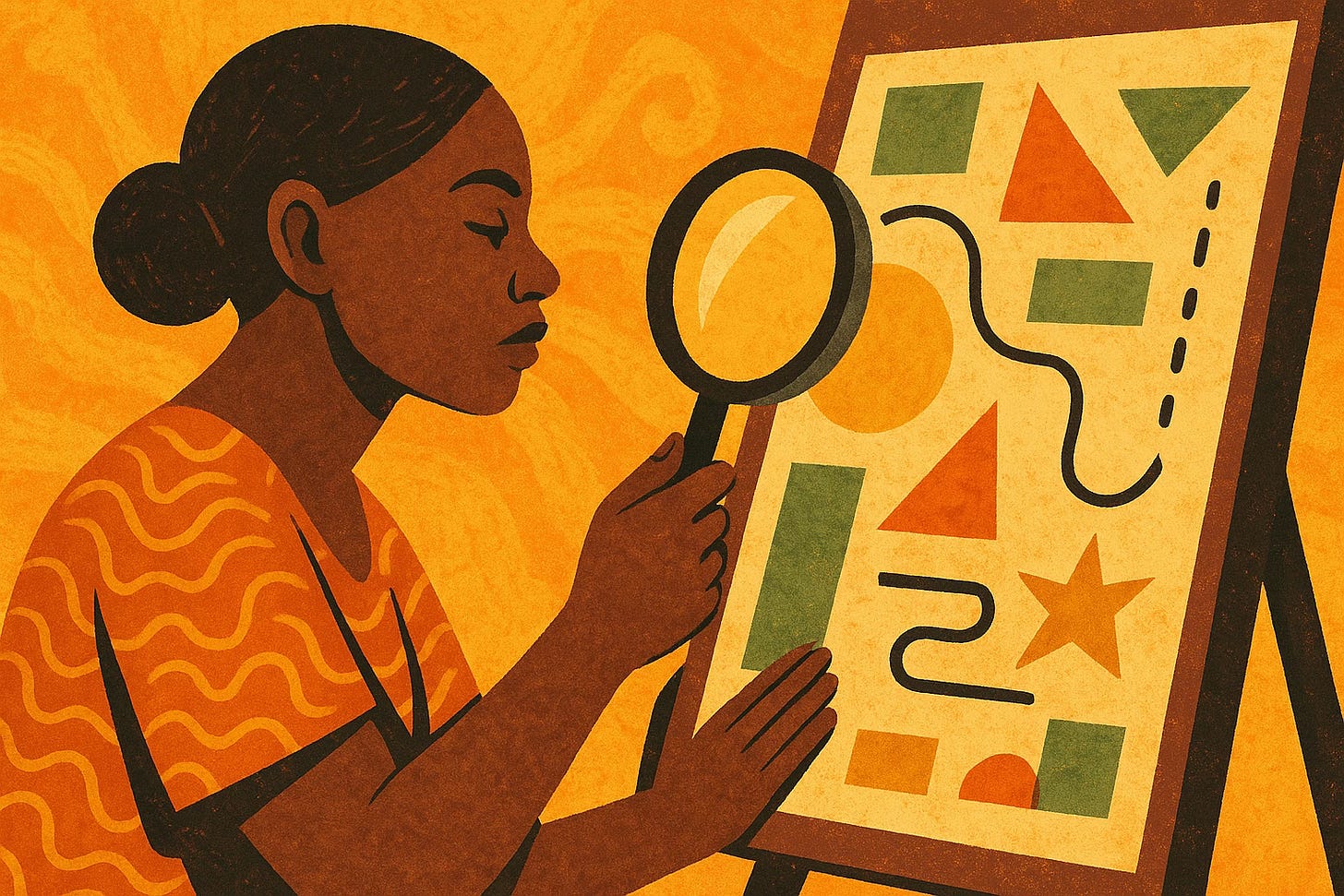When faced with limitless possibilities, creativity can falter. Freedom may seem like the ultimate condition for creative expression, yet it often overwhelms, paralysing us with too many choices. Constraints, on the other hand, act as catalysts. They provide structure, direction, and challenge—sparking imagination in surprising ways. By deliberately narrowing our focus, we paradoxically open up richer pathways for creative thought.
What Are Creative Constraints?
Creative constraints are deliberate limitations that frame how you approach a task or problem. They can take the form of time restrictions, material limitations, or external prompts that shape the boundaries of your work. Far from stifling creativity, these boundaries force the brain to work differently, pushing it to generate novel solutions within defined parameters.
Constraints can be self-imposed or externally provided. A teacher who asks pupils to create a story in exactly 50 words, or a manager who sets a strict budget for a project, is leveraging constraint as a tool for focus. These limits serve as scaffolding: they prevent ideas from scattering too broadly and guide energy towards concrete outcomes. Rather than a cage, constraints function as a creative framework.
Why Constraints Matter
Without constraints, the brain can become lost in infinite possibilities, unable to focus or prioritise. Constraints sharpen attention and channel energy, turning vague ideas into tangible outcomes. Neuroscience suggests that the brain thrives on challenge; when faced with obstacles, it engages in more divergent and flexible thinking. For instance, a student asked to write a poem in only six lines may surprise themselves with more originality than if told to “write anything you want.” In this sense, constraints do not hinder creativity—they provoke it.
This is why so many creative disciplines naturally embrace limits. Filmmakers adhere to budgets and time schedules. Musicians often compose within specific scales, genres, or rhythms. Businesses are forced to innovate under financial or environmental restrictions. In each case, limits generate sharper focus, and from that focus comes ingenuity. The lesson is clear: too much freedom can drown out imagination, while structure provides fertile ground for originality.
Examples of Constraints
Set time limits: Use a 10-minute timer for idea generation to encourage quick thinking and prevent perfectionism from interfering. Short bursts often lead to surprising originality.
Limit materials: An artist working only with charcoal, or a chef cooking with five ingredients, finds new techniques and combinations under restriction.
Add random prompts: Writers using a single word or phrase as inspiration, or designers incorporating a random shape, can spark new perspectives.
Restrict scope: Focus on solving just one aspect of a larger problem, rather than the whole thing, to build momentum.
Change perspective: Force yourself to design from a child’s point of view, or explain your idea using only images, not words.
Case Studies in Practice
In art, Picasso’s Blue Period was defined by a restricted palette, leading to some of his most evocative work. The very act of limiting colour deepened emotional resonance. In design, the Bauhaus movement thrived by working with simple geometric forms and minimal materials, producing timeless aesthetics that still influence architecture and design today. In literature, the Oulipo group of writers in France imposed strict formal rules, like writing entire novels without the letter “e”, to spark linguistic creativity.
In business, companies with limited budgets often discover highly efficient, innovative models that wealthier competitors overlook. The concept of “jugaad” innovation in India, for example, celebrates low-cost, resourceful solutions born of necessity. In today’s tech world, app developers frequently run “hackathons” with strict time limits, producing prototypes in 24 or 48 hours that often seed larger innovations. Each of these examples highlights how constraints, far from stifling, became the foundation for breakthroughs.
Practical Ways to Set Self-Imposed Limits
Impose a strict time frame for brainstorming or prototyping—try the “Pomodoro” method of 25 focused minutes followed by a short break.
Choose only one tool, material, or colour and explore its full potential before switching to another.
Use a random word generator, story cube, or card deck to introduce unexpected prompts.
Limit output size—write just 100 words, design within a single square, or build a prototype using only recycled items.
Collaborate under shared restrictions, creating collective momentum through group challenges.
Flip rules: Intentionally break one established assumption (e.g., “What if we removed the product’s most essential feature?”) to see what new ideas emerge.
What Becomes Possible When You Do
When you adopt constraints, creative blocks shift from daunting obstacles to playful challenges. Boundaries provide focus, helping you bypass the paralysis of too much choice. You discover hidden possibilities, hone problem-solving skills, and build confidence in your ability to create under pressure. Embracing limits transforms the lens through which you see problems—revealing creativity not despite the boundaries, but because of them.
Over time, working within constraints also strengthens adaptability. By practising creative flexibility under restriction, you learn to approach challenges with resilience. This skill is invaluable in professional life, where deadlines, resources, and expectations are rarely unlimited. Constraints help train the mind to be resourceful, inventive, and agile.
Constraints are not the enemy of creativity. They are the framework that turns endless possibilities into meaningful action. By changing your lens and embracing limits, you can transform blocks into sparks—unlocking the ingenuity that thrives within boundaries. In learning to see boundaries not as barriers but as springboards, you invite creativity to flourish in even the most unlikely places. Limits do not diminish imagination; they refine and elevate it.
There is still time to join us at ACRE29, Africa’s Premier Creativity and Creative Thinking Conference in 2025 at Klein Kariba, South Africa, but it is your last chance as we close bookings tomorrow! https://acreconference.com


